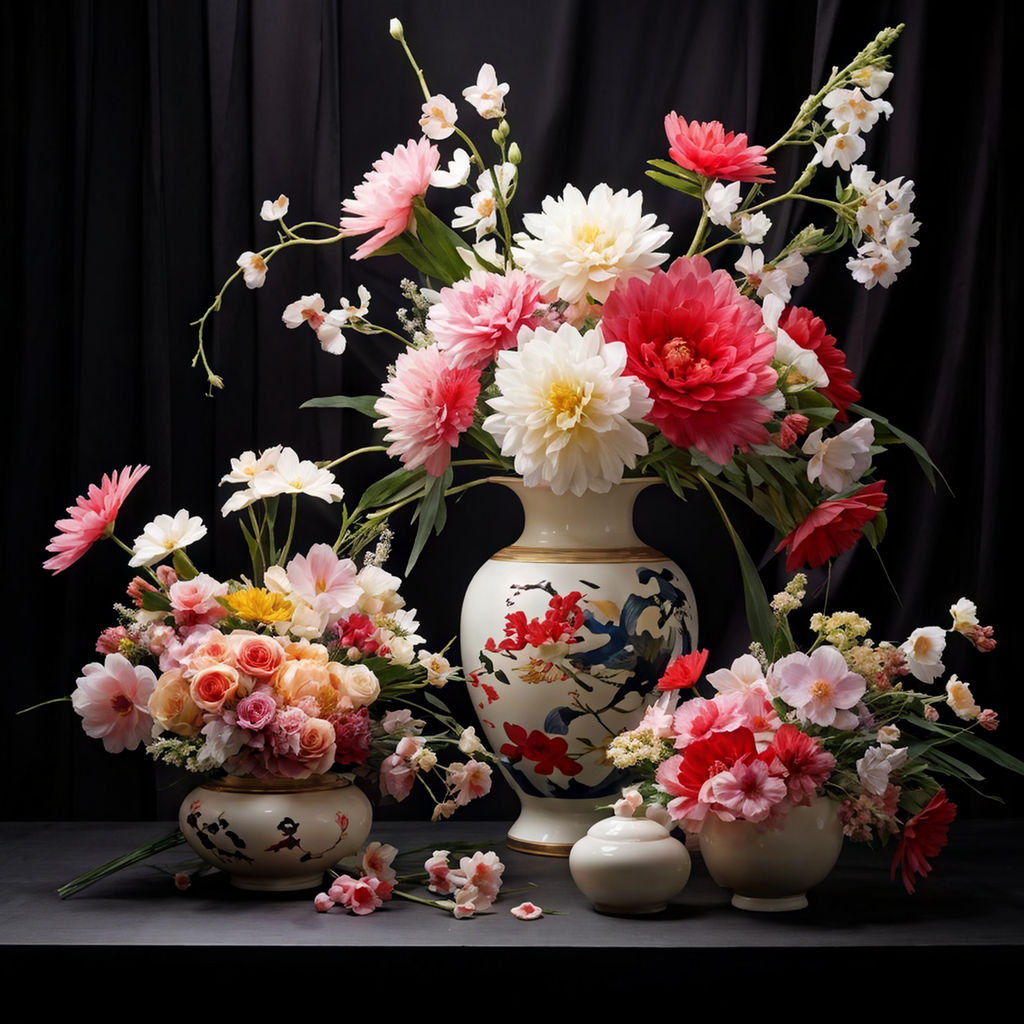
Japanese flower arrangements, or Ikebana, represent a sophisticated art form that marries nature and design. Unlike Western floral arrangements that often emphasize the quantity and vividness of blooms, Ikebana focuses on minimalism, asymmetry, and the thoughtful use of space. Rooted in centuries-old traditions, this practice reflects the Japanese appreciation for nature’s beauty and the fleeting quality of life. Originating during the Heian period (794-1185), Ikebana was initially a religious offering in temples, but it has since evolved into a widely respected art form that graces homes and public spaces alike.
Japanese Flower Arrangements
The cultural significance of Ikebana is profound. It is not merely about arranging flowers but about capturing the essence of the natural world through careful selection and placement of each element. The principles of balance, harmony, and simplicity are central to Ikebana. Stems, leaves, flowers, and branches are arranged to reflect these principles, creating compositions that evoke a sense of tranquility and contemplation. This contrasts sharply with the often exuberant and dense bouquets seen in Western floral design.

Philosophically, Ikebana embodies a Zen-like approach, emphasizing mindfulness and the observer’s connection with nature. Each arrangement becomes a meditation on life and its impermanence, encouraging a deep appreciation for the present moment. The practice of Ikebana teaches patience, discipline, and a heightened awareness of the environment, making it an enriching experience that goes beyond aesthetics. The spiritual aspect of Ikebana is equally significant, as it often serves as a form of self-expression and introspection for the practitioner.
In essence, Ikebana is a harmonious blend of art, nature, and spirituality. Its unique approach to flower arrangement offers a window into Japanese culture and philosophy, making it an elegant and profound practice that continues to inspire and captivate enthusiasts worldwide.
At East Boca Florist, we are excited to introduce our exquisite collection of Japanese style arrangements. Drawing from centuries-old traditions, these arrangements bring a sense of tranquility and refined beauty to any space. Whether you’re a long-time admirer of Japanese aesthetics or a newcomer, our selection has something special for everyone.

Key Elements and Techniques of Japanese Flower Arrangements
Japanese flower arrangements, known as Ikebana, are a sophisticated art form that emphasizes harmony, balance, and the natural beauty of plants. One of the most critical elements is the use of line, which guides the viewer’s eye and creates a sense of movement within the arrangement. Lines can be straight or curved, and their interaction is meticulously planned to achieve a harmonious composition. Balance in Ikebana is often asymmetrical, reflecting the natural world where perfect symmetry is rare. This approach fosters a dynamic and engaging visual experience.
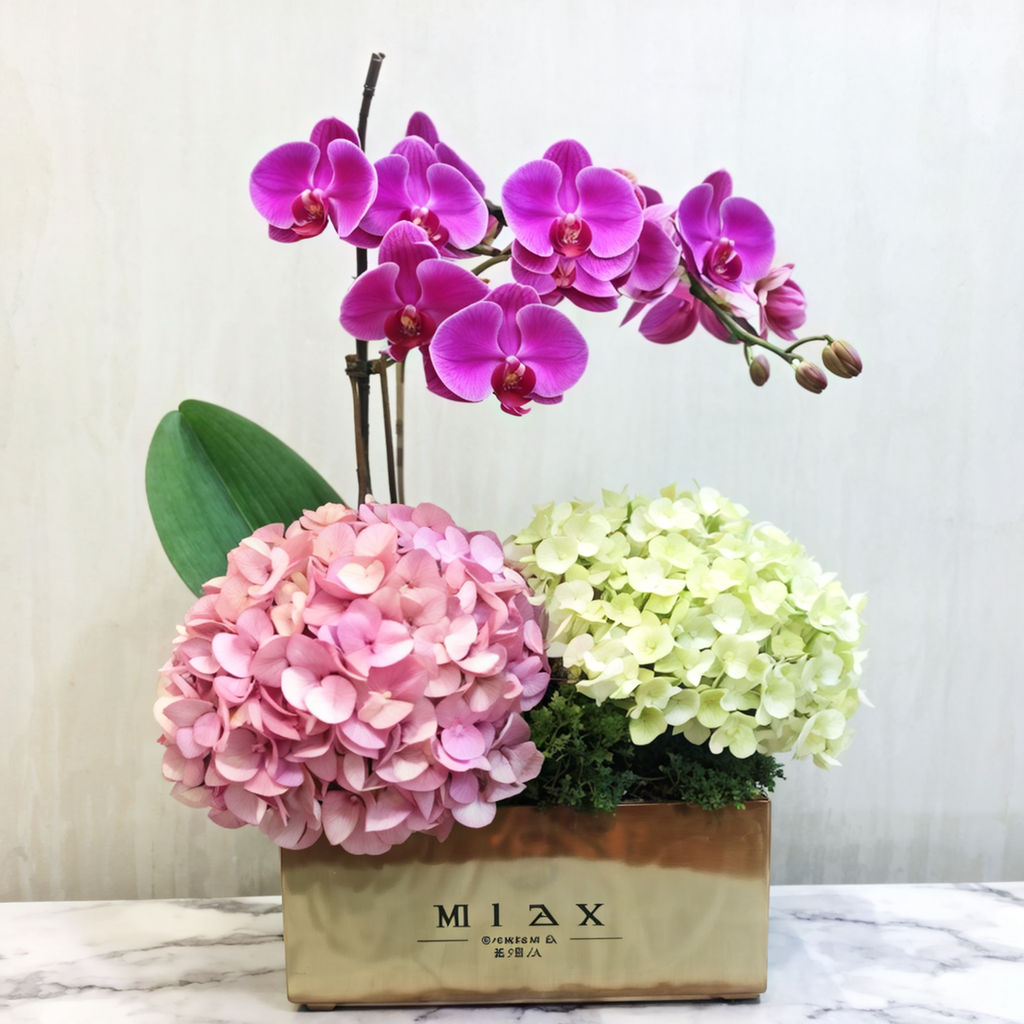
Another essential concept in Japanese flower arrangements is the importance of empty space, referred to as ‘ma.’ This strategic use of space allows each element within the arrangement to breathe and resonate, making the overall composition more impactful. The thoughtful placement of flowers, leaves, and branches in relation to the empty space is crucial for creating a balanced and elegant arrangement.
Different styles of Ikebana offer varied expressions and rules. Rikka, one of the oldest styles, is known for its formal and complex structure with multiple layers and a strong emphasis on vertical lines. Shōka, a more simplified style, focuses on natural beauty and balance, often using fewer elements to create a serene and elegant composition. Jiyūka, or free-style Ikebana, allows for more creative freedom, enabling the arranger to experiment with various forms and materials while still adhering to the fundamental principles of Ikebana.
When selecting flowers, branches, and containers for Ikebana, it is essential to consider their natural characteristics and how they will interact within the arrangement. Flowers and branches should be chosen for their seasonal relevance and unique forms, while containers should complement the overall aesthetic without overpowering the arrangement. The choice of container can significantly influence the final look and feel, so it is important to select one that enhances the natural beauty of the flowers and branches.
Advantages of Japanese Flower Arrangements
Japanese flower arrangements, known as Ikebana, offer numerous advantages that extend beyond their aesthetic appeal. One of the primary benefits is the creation of a sense of tranquility and elegance. The minimalist nature of Ikebana emphasizes simplicity and balance, which can transform any space into a serene oasis. The careful placement of each element, from flowers to branches, fosters a calming atmosphere that promotes relaxation and mindfulness.
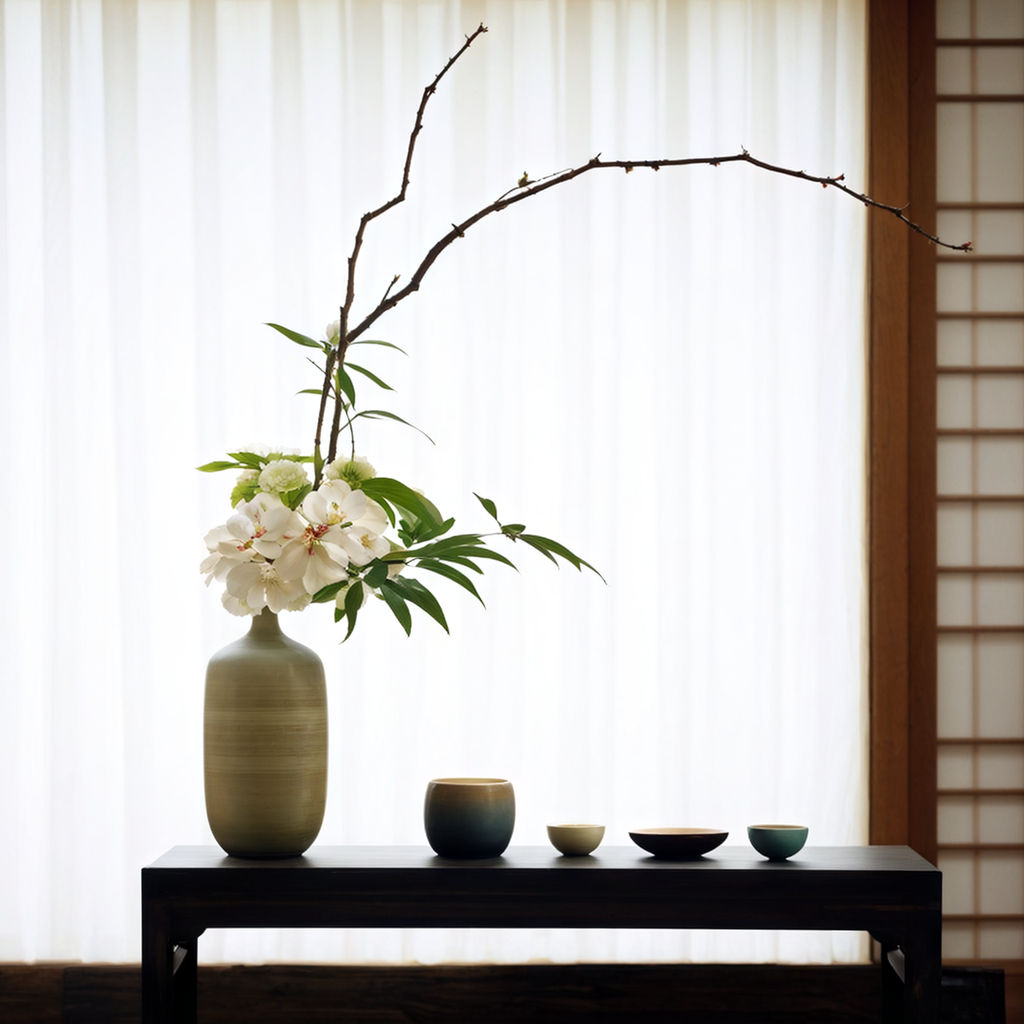
Practically speaking, Japanese flower arrangements are also advantageous due to their use of fewer materials. Unlike Western floral designs, which often rely on an abundance of blooms, Ikebana focuses on the beauty of individual elements. This minimalist approach not only reduces waste but also highlights the natural beauty of each component. The use of fewer materials aligns with sustainable practices, making Ikebana an eco-friendly choice for flower arrangements and bouquets.
Furthermore, the practice of Ikebana offers therapeutic and meditative benefits. The process of arranging flowers in the traditional Japanese style requires concentration and a deep connection with nature. This mindful practice can serve as a form of meditation, helping individuals to reduce stress and enhance their overall well-being. The emphasis on harmony and balance in Ikebana can also promote a sense of inner peace and fulfillment.
In summary, adopting Japanese styles in flower arrangements and bouquets provides a multitude of benefits. From creating a tranquil and elegant environment to promoting sustainability and offering therapeutic advantages, Ikebana is a practice that enriches both the mind and the surroundings. The elegance and simplicity of Japanese flower arrangements make them a timeless choice for anyone seeking to enhance their space with beauty and mindfulness.
Incorporating Japanese Style into Modern Floral Design
Integrating Japanese style into contemporary floral arrangements and bouquets offers a unique and sophisticated touch to any occasion. The timeless principles of Ikebana, the traditional Japanese art of flower arrangement, can be adapted to modern design trends, creating a harmonious blend of past and present. By understanding and applying these principles, florists and enthusiasts can craft elegant arrangements that reflect the beauty and simplicity inherent in Japanese aesthetics.
One way to incorporate Japanese elements is through the use of minimalist design. Ikebana emphasizes simplicity, asymmetry, and the natural beauty of each element. Modern floral designs can adopt this approach by focusing on a few carefully selected flowers and branches, arranged in a way that highlights their individual beauty. This method not only creates a striking visual impact but also allows the arrangement to convey a sense of tranquility and balance.
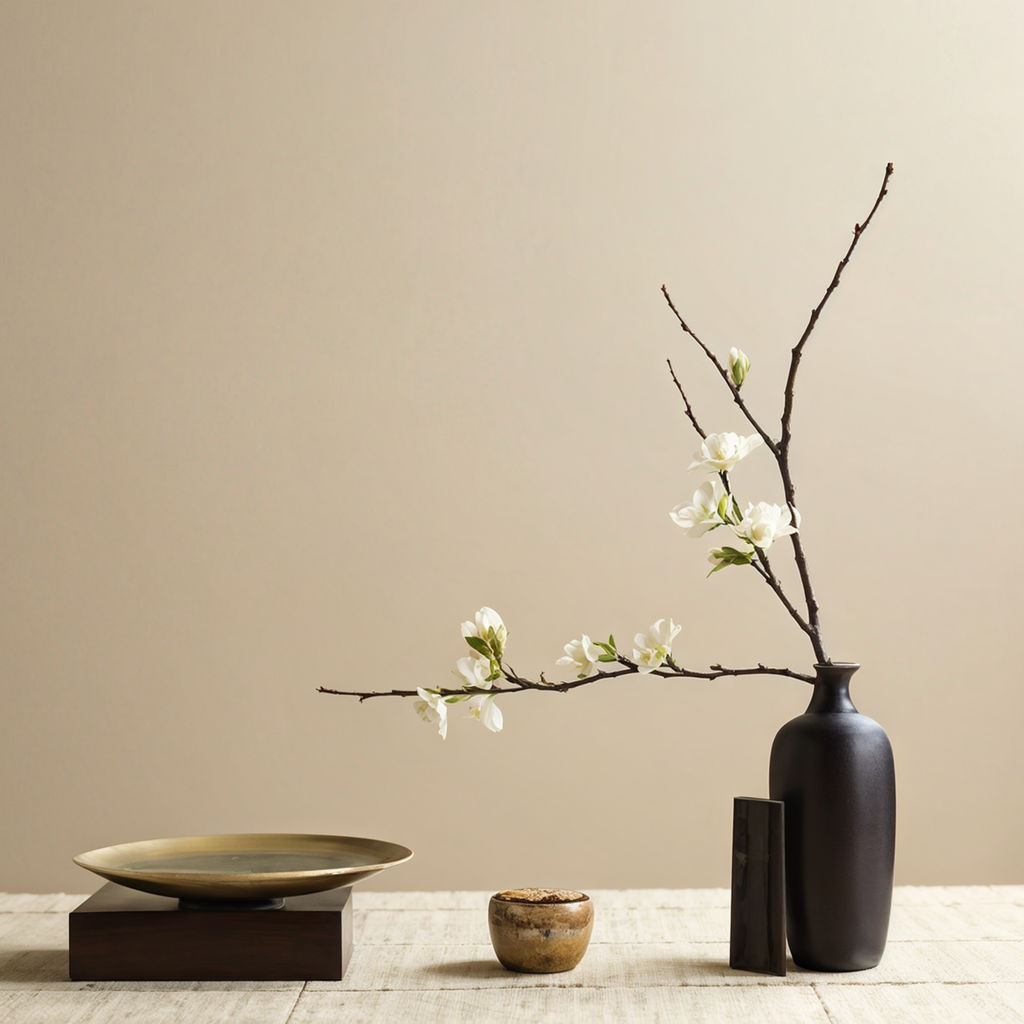
For weddings, incorporating Japanese floral design elements can add a touch of elegance and serenity to the celebration. Consider using traditional Japanese flowers such as cherry blossoms, camellias, and chrysanthemums. These can be combined with modern blooms to create bouquets and centerpieces that are both contemporary and timeless. Additionally, incorporating elements like bamboo and moss can enhance the natural feel of the arrangements, providing a seamless blend of Japanese and modern styles.

Home decor also benefits from the integration of Japanese floral design. Simple, elegant arrangements can create a calming atmosphere in any living space. Using natural materials like twigs, stones, and water in combination with flowers can evoke a sense of nature and tranquility. Placing these arrangements in areas where they can be appreciated, such as entryways or living rooms, can enhance the overall aesthetic of the home.
Renowned florists have successfully fused traditional Japanese techniques with contemporary design. For example, Azuma Makoto, a celebrated Japanese flower artist, is known for his avant-garde approach to Ikebana. His innovative arrangements often combine traditional Japanese elements with unexpected materials, creating stunning pieces that challenge conventional floral design. Such modern interpretations inspire and push the boundaries of what can be achieved by blending Japanese and modern styles.
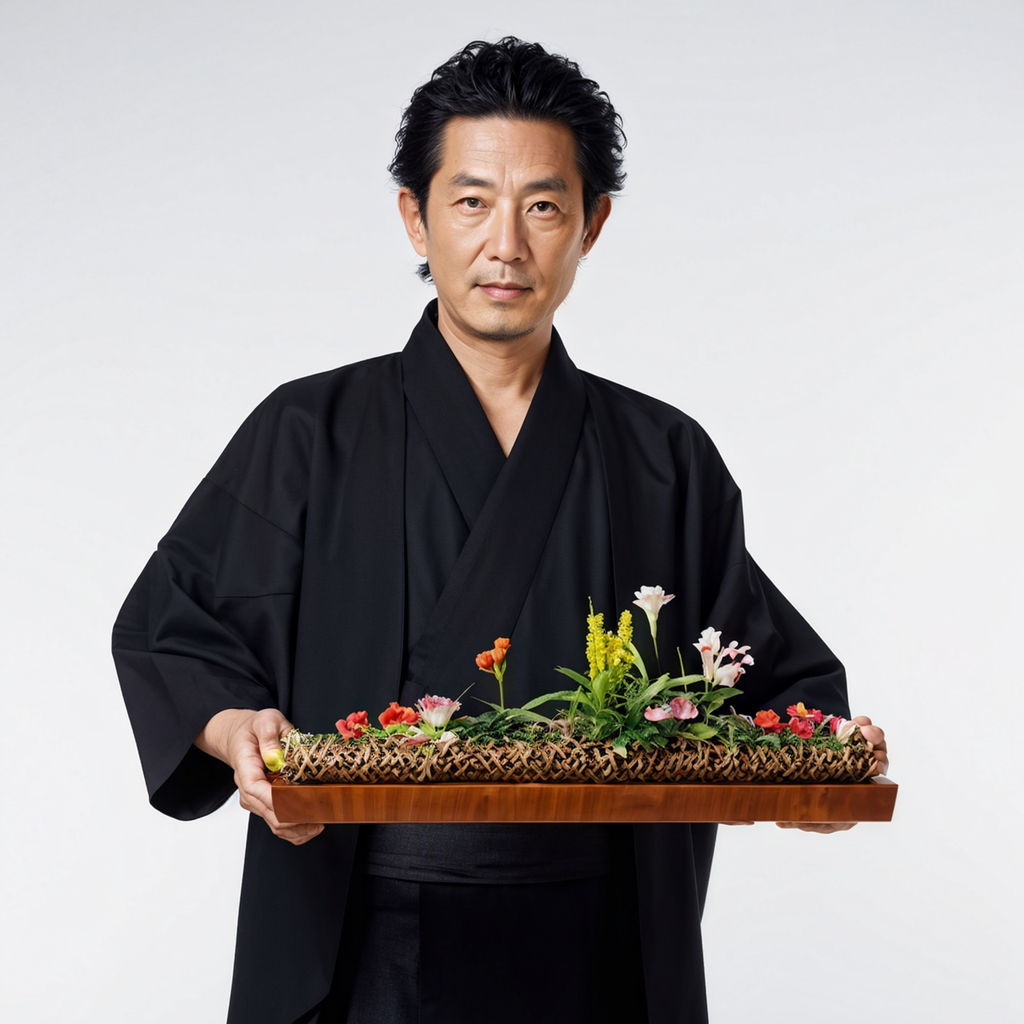
Incorporating Japanese style into modern floral design not only enriches the visual appeal of arrangements but also pays homage to a rich cultural heritage. By adopting principles of Ikebana and infusing them with contemporary elements, one can create floral designs that are both beautiful and meaningful, suitable for any occasion.

